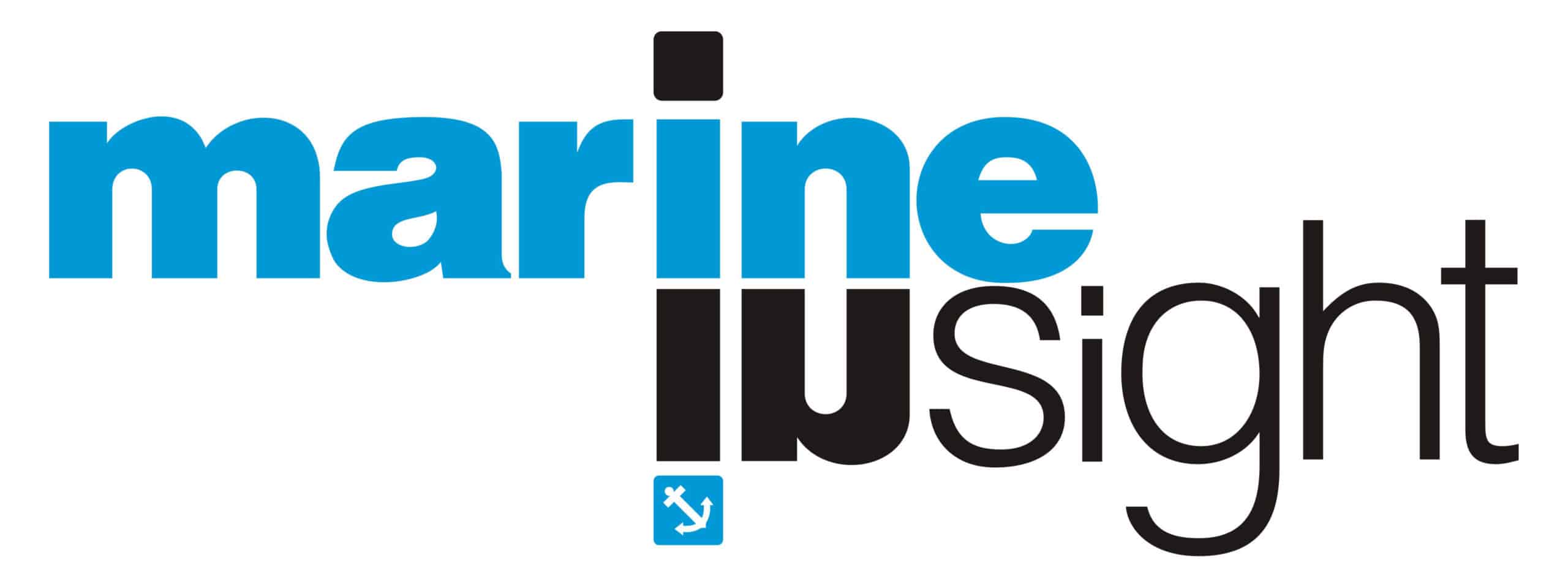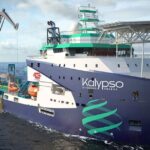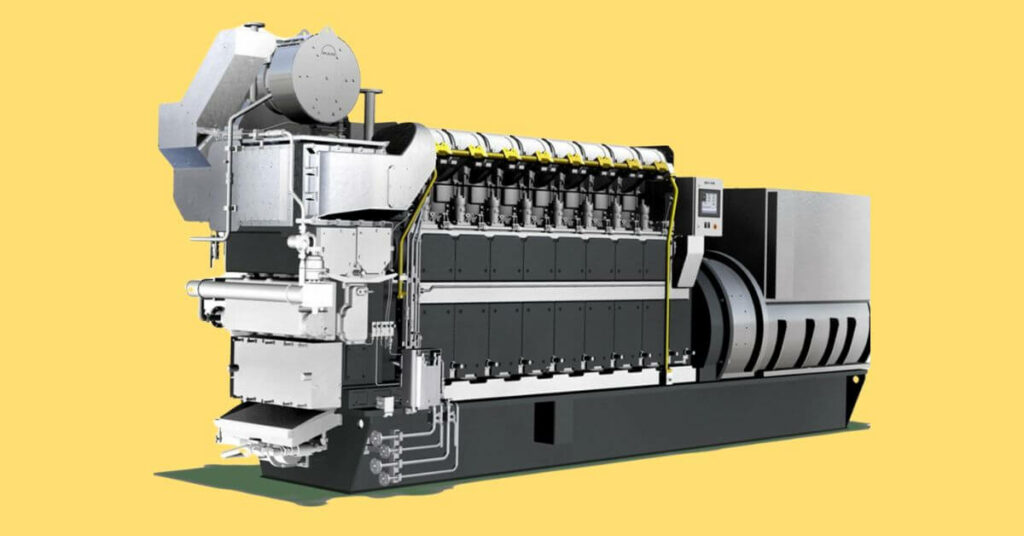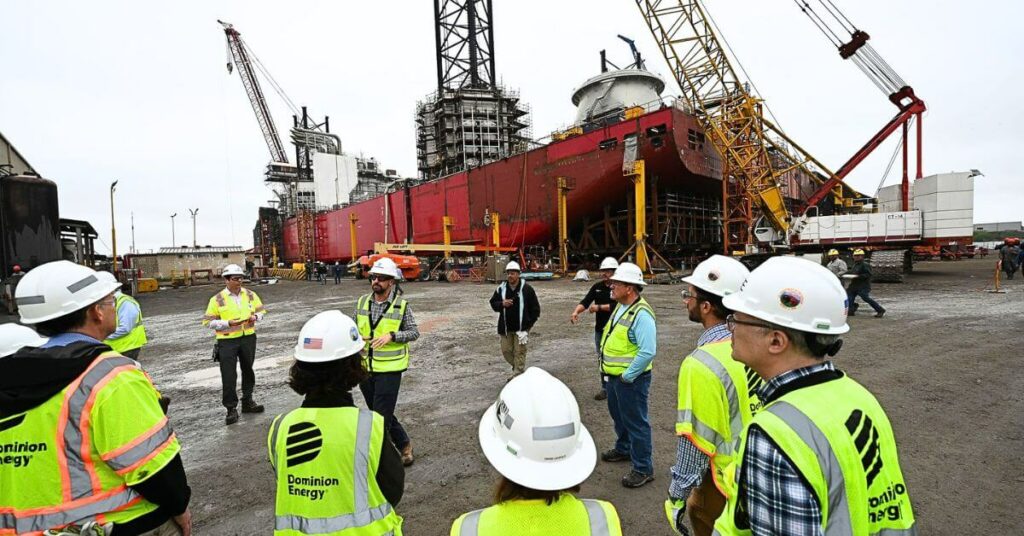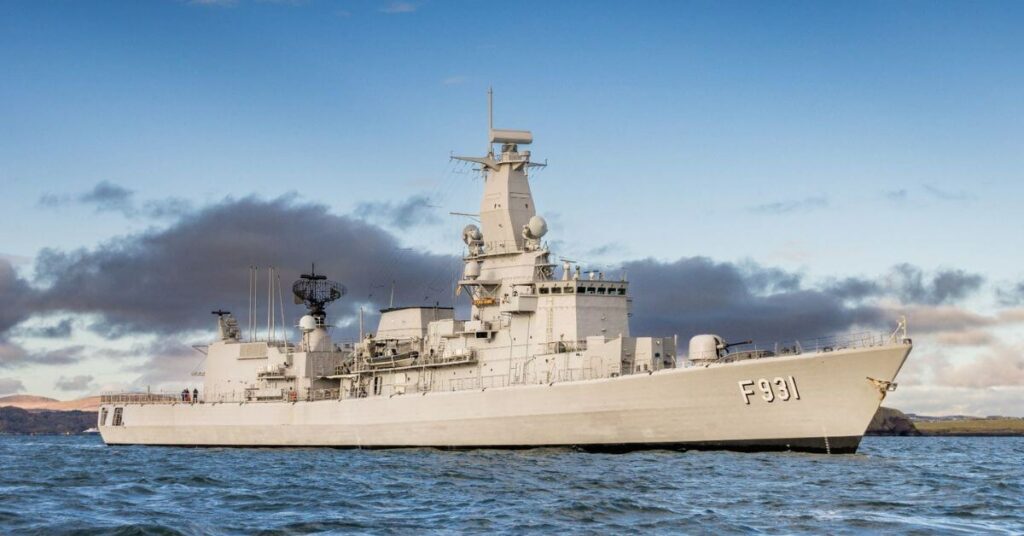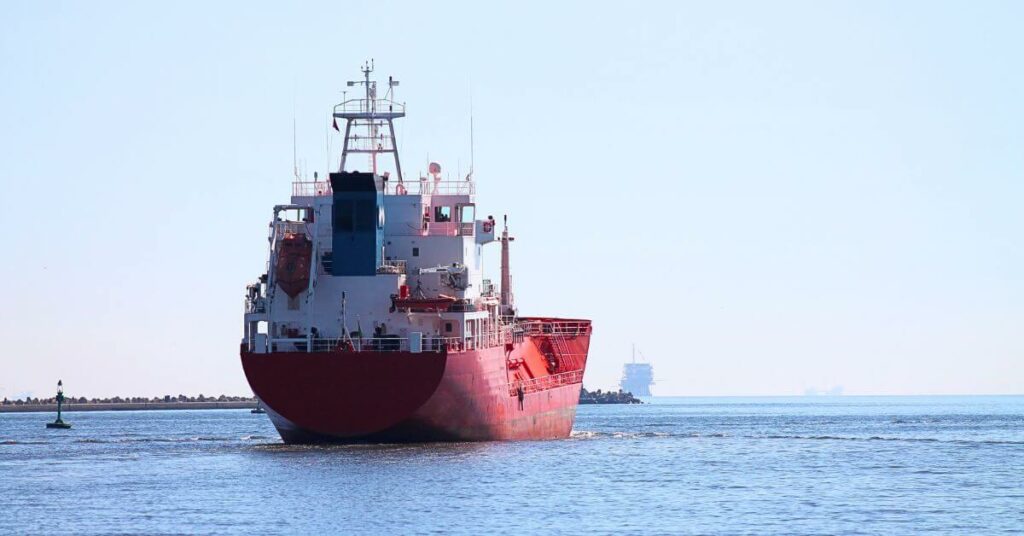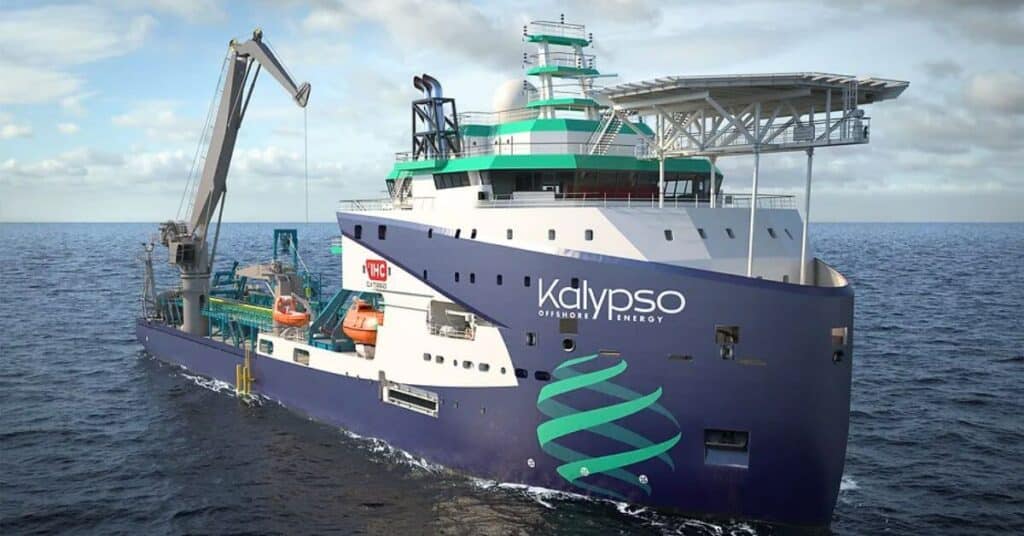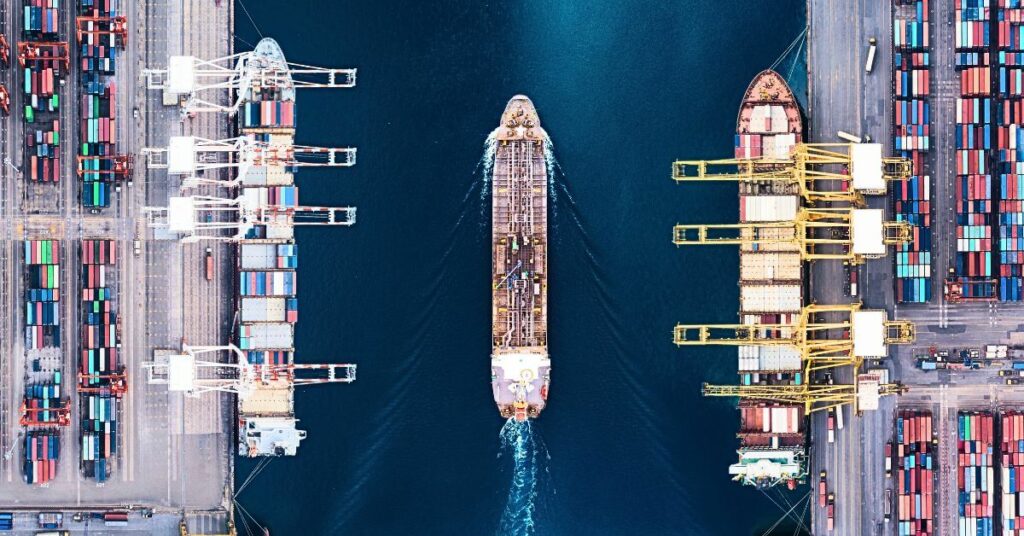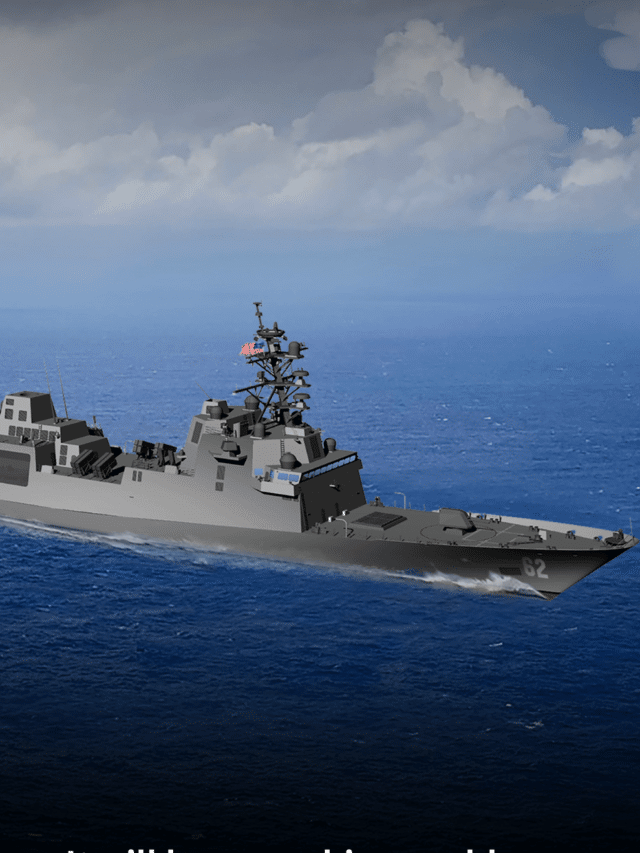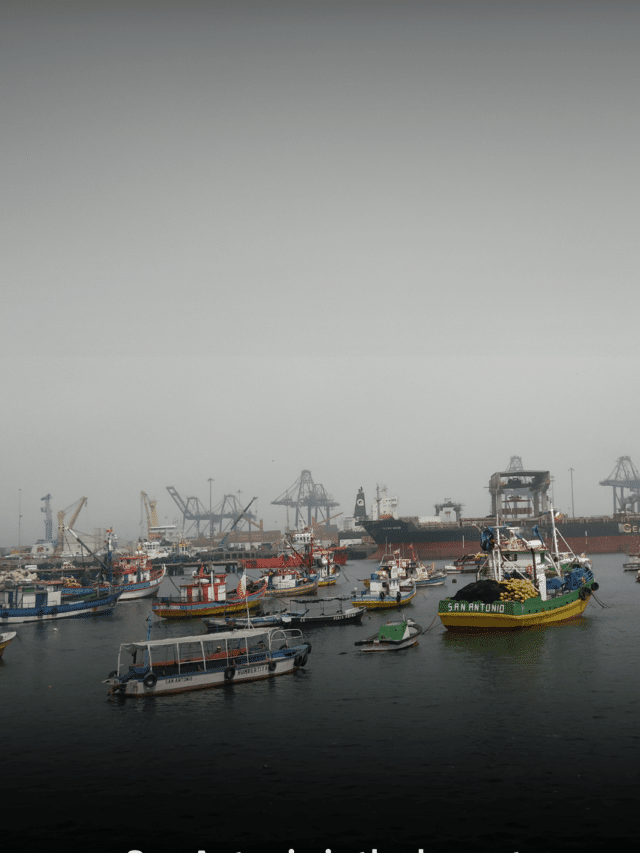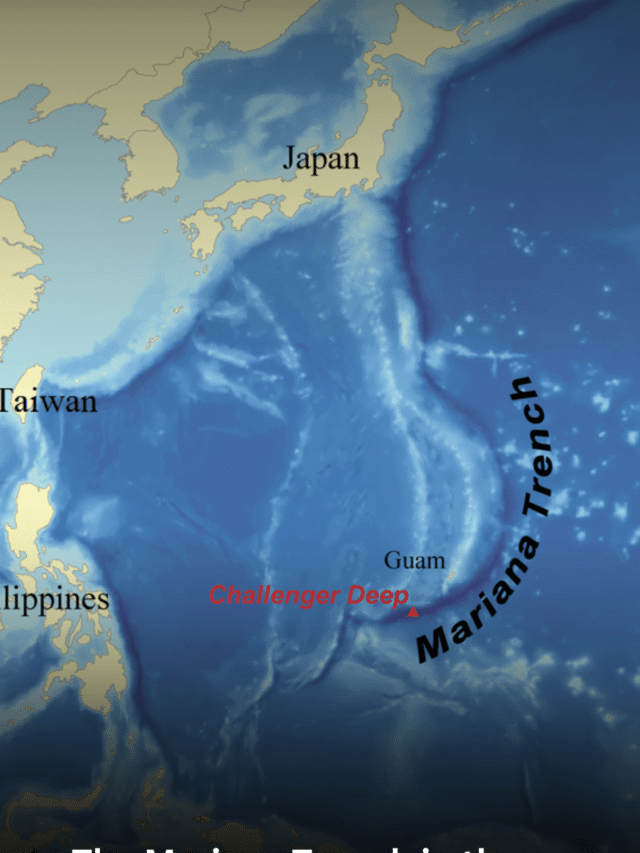NTSB Cites Potential Fire Risks For Marine Operators Carrying Scrap Materials
The National Transportation Safety Board said Thursday that lithium-ion batteries and other possible ignition sources could pose a fire safety issue in the transportation of scrap materials as cargo.
Although scrap metal cargo is typically nonhazardous and poses a low fire risk, there have been several recent fires involving such cargo. In January 2022, a shoreside pile caught fire in Newark, New Jersey. Two international vessels carrying scrap material experienced cargo fires in 2022 and in 2017 the Japan Transport Safety Board investigated a scrap metal fire in a vessel’s cargo hold in Fukuoka City, Japan.
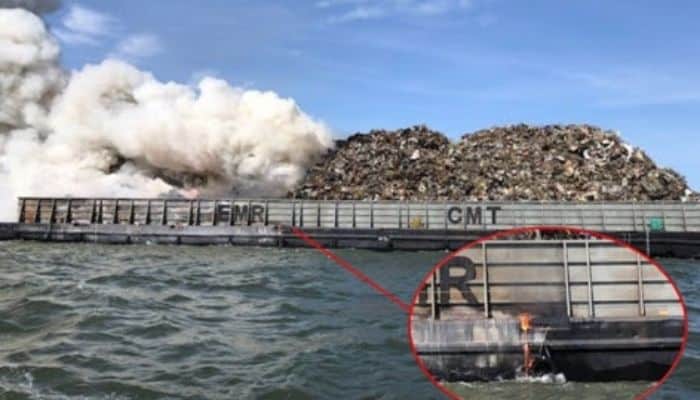
On May 23, 2022, the towing vessel Daisy Mae was towing a loaded scrap metal barge northbound in Delaware Bay when fire was discovered on board the barge. The fire burned for 26 hours before it was extinguished by responding fire boats. No injuries or pollution were reported. Damage to the barge was estimated at $7 million.
In a report released Thursday, the NTSB determined the probable cause of the fire was the ignition of a combustible material by an undetermined source, such as sparking from shifting metallic cargo, self-heating of metallic or nonmetallic cargo, improperly prepared vehicles and appliances or damaged lithium-ion batteries.
The scrap metal fire aboard the CMT Y Not 6 on the morning of May 23, 2022. Inset shows molten metal leaking out of a starboard-side freeing port. (Source: U.S. Coast Guard)
Even with supplier acceptance agreements and quality assurance personnel visually inspecting scrap metal, metallic and nonmetallic hazardous materials are often present within shoreside scrap metal piles and could inadvertently be loaded onto vessels. These often-flammable materials elevate the fire risk and can lead to intense fires. Once scrap metal is loaded onto a barge, it is difficult for a towing vessel crew to visually inspect the cargo while underway.
To minimize the risk of fire, qualified cargo-surveying personnel can assist the vessel’s captain before and during loading operations to limit the presence of hazardous, combustible material in scrap metal. Thermal imagery is also an effective tool in identifying hot spots in scrap metal cargo at shoreside facilities.
Marine Investigation Report 23-07 is available online.
Press Release
Disclaimer :
The information contained in this website is for general information purposes only. While we endeavour to keep the information up to date and correct, we make no representations or warranties of any kind, express or implied, about the completeness, accuracy, reliability, suitability or availability with respect to the website or the information, products, services, or related graphics contained on the website for any purpose. Any reliance you place on such information is therefore strictly at your own risk.
In no event will we be liable for any loss or damage including without limitation, indirect or consequential loss or damage, or any loss or damage whatsoever arising from loss of data or profits arising out of, or in connection with, the use of this website.
Disclaimer :
The information contained in this website is for general information purposes only. While we endeavour to keep the information up to date and correct, we make no representations or warranties of any kind, express or implied, about the completeness, accuracy, reliability, suitability or availability with respect to the website or the information, products, services, or related graphics contained on the website for any purpose. Any reliance you place on such information is therefore strictly at your own risk.
About Author
Marine Insight News Network is a premier source for up-to-date, comprehensive, and insightful coverage of the maritime industry. Dedicated to offering the latest news, trends, and analyses in shipping, marine technology, regulations, and global maritime affairs, Marine Insight News Network prides itself on delivering accurate, engaging, and relevant information.

About Author
Marine Insight News Network is a premier source for up-to-date, comprehensive, and insightful coverage of the maritime industry. Dedicated to offering the latest news, trends, and analyses in shipping, marine technology, regulations, and global maritime affairs, Marine Insight News Network prides itself on delivering accurate, engaging, and relevant information.
Do you have info to share with us ? Suggest a correction
- Methanol-Fueled MAN 21/31DF-M GenSets Secure First Propulsion Order For Chemical Bunker Tanker
- The First U.S.-built Wind Turbine Installation Vessel, The Charybdis, Launched
- Belgium Postpones Frigate Deployment To Red Sea After It Failed Several Tests During Training
- Egypt Detains Gas Carrier Grounded In Environmentally Sensitive Region In Gulf Of Aqaba
- Kalypso & Partners To Construct A Cable Lay Vessel, 1st Purpose Built For US Offshore Wind Market
- Singapore Retains Top Spot As World’s Leading Maritime City Per DNV & LMC Report
Latest Shipping News Articles You Would Like:
Subscribe To Our Newsletters
By subscribing, you agree to our Privacy Policy and may receive occasional deal communications; you can unsubscribe anytime.
Web Stories
